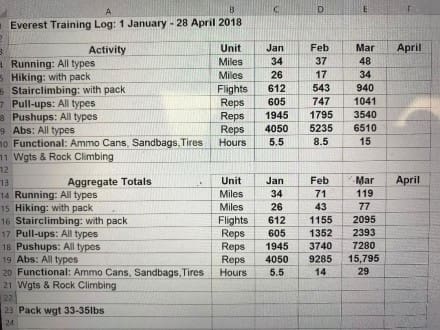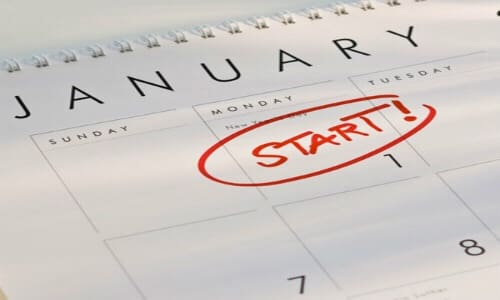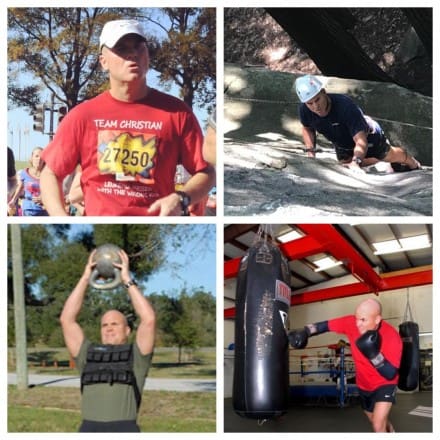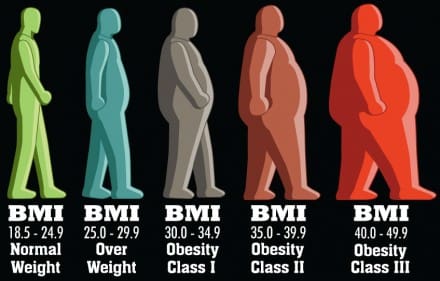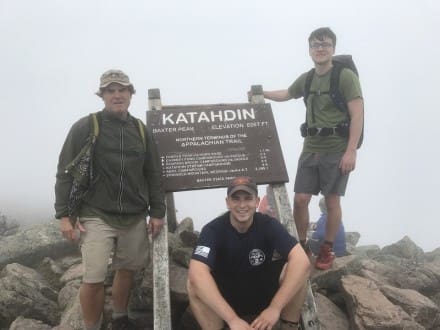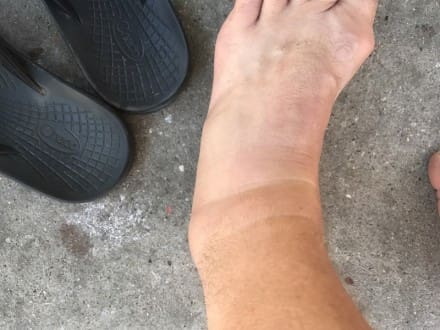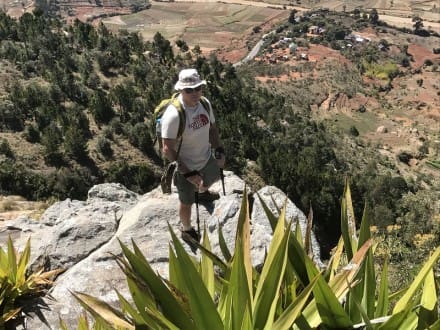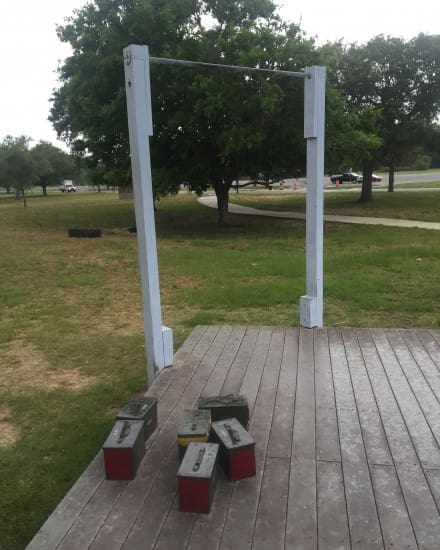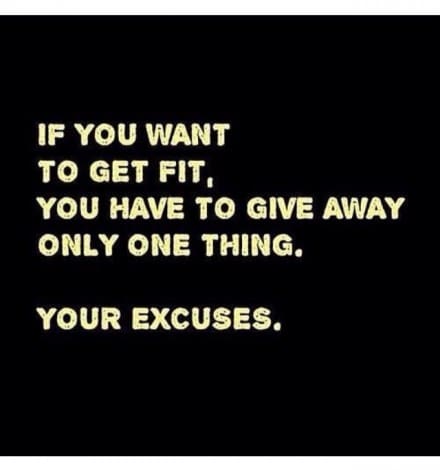Sorry I’m a little late this month guys. I just returned from the better part of this past month in Nepal, during which my youngest son and I made the trek to and from the Mount Everest Base Camp. It was a great experience, the views were beyond belief and to be honest, it was a little harder than I thought would be. The actual up and down climbing of about 25,000 total vertical feet, over about 80 miles wasn’t the difficult part. We had trained hard in the months leading up to our trip and actually had little issue with the actual hiking aspect of the trip. Our packs were less than 20 lbs and we only hiked 6-10 miles a day. The real issue was the altitude. We had never hiked over 10,000 ft before and during this trek we went to 18,000 ft. No, not the summit of Everest (I don’t have the money for that one, not yet anyhow) but pretty high. For reference the highest point in the lower 48 is the summit of Mt Whitney, which is 14,505ft, or about 3500ft lower than our high point of this trip. Like I said, pretty high.
The basic plan for the trek was to climb about 1500 ft a day for two days, then have a rest day to help adjust to the altitude. On the rest day we would make a “training hike” of about a 1000ft or so, then return back down for the night. This is the well known altitude acclimatization method called “Climb High and Sleep Low.” It seemed to be working well for us, as we didn’t have any symptoms of altitude sickness. We powered through 8K, 9K, 10K, 11K, 12K and 13,000ft, without really any issue, other than being a little out of breath when climbing up the very steep spots, but that was to be expected. However, around a week into the trek, there was the day when we went from 14,000 to about 15,600ft during a long day of climbing up and down a steep ridgeline through a beautiful snow covered trail, which also took us above the tree line for the first time.
This new high altitude felt like the infamous “wall” (mile 20) of a marathon. But as an added bonus, you felt like someone was holding a pillow over your face. It was noticeably harder to breath without gasping and it took a lot more time to catch your breath when climbing up steep areas. Just bending over to tie your boots and then straightening up too quickly, made you light headed. You got tried very easily and our pace slowed considerably. As we moved up above 16,000 and 17,000ft, I completely lost my appetite and really didn’t sleep, for the three days we spent at those altitudes. During this time we met a young doctor from NC who was prepping herself for a Everest summit attempt (which she successfully did a week later). She had been in country for almost six weeks and during that time had been almost continuously moving up and down between 15,000 and 22,000 ft. She told me that physically you had to be at this altitude range for at least 14 days to change your bodies makeup and actually “adjust” to high altitude. She then flatly stated that as we were only going to be “up” for a few days, we would have to just “gut it out”. Which we did, but it was a real eye opener. Our small team made it to the Base Camp after 10 days without any serious physical issues, other than being tried from a lack of sleep and eating. However, we witnessed many sick people being brought down on horseback and more serious ones by helicopter.
Now, that was the foreign trekkers and climbers. The native Shepra porters, guides and other locals was a completely different story. I was constantly amazed by the heavy loads we saw them carrying up and down these steep mountain trails. The vast majority of these guys (while sporting some very muscular legs) were overall very small in statue. Almost all were shorter than myself (at 5’8”) and much lighter, I would guess their average weight was less than 140lbs. Yet they routinely shouldered loads weighing over 100lbs and we saw many times over 150lbs. More often than not they had just sandals, crocs or worn out running shoes on their feet and they also went very fast. “Sherpa Speed” was a real thing as we constantly had to move over so a tiny guy humping a huge weight could almost fly past us, going up, or down. They were paid by the kg and the job, so the more they carried and the faster they got to where they were going, the better the pay. For over two weeks I watched this never ending train of human pack mules, as there are no roads, no cars, trucks, or motorcycles there. I never even saw a pedal bike? Everything was carried by people, or animals. Which according to our guide, using the animals were very expensive (and slow). In fact many times we saw a guy carrying a bigger load than the mules, yaks and horses that were also every where on the trail.
Now having humped a heavy (well, what I thought was heavy) pack 100’s of times during my time in the Marine Corps, I found the load carrying ability of these people astounding. Especially considering their simple diet of mostly just rice and local vegetables and their poor foot ware. I was also expecting to witness at least one incident of these porters stumbling under their heavy loads. Especially coming down so fast on these very steep and rocky paths. However, I never witnessed it, not even once?
As we had a local Sherpa as one of our guides on this trip (you really need a local guide to work through all the required permits, language and other logistical BS of a trek there), I spoke at length with him and others about how these little people were able to do this ridiculous level of physical work? Especially at these high altitudes? His answer was simple, “It was their job.” The bottom line is it’s how they can make some decent money in this harsh land, that has few other opportunities. He told us that as far as altitude goes, it was more attitude than anything else. They grew up there and from a very young age had to carry things up and down these mountains 24/7, just to go to school, the market, etc. He did tell us that when Sherpa People left the mountains, they quickly got out of shape and often took ill. He related the story of a local girl, who after she had been at school in the much lower city of Katmandu for a few months, couldn’t even walk the couple of miles up the hill to her home. Her mother had to send a horse down to bring her up. So even genetics will only go so far.
I think in the end this is another example of what people can do, is a matter of what they think they can do. If you tasked the average, healthy, well built and physically fit, trained infantry Marine or Solider to hump a 150lb load up a steep mountain at an altitude of over 17,000 ft, (the porters carried many of these huge loads all the way to the base camp at 17,600ft) while wearing just sandals? He would balk at the mere suggestion of it and my guess is that many (if not most) would injure themselves in the process, if they attempted it. Physically we are bigger, better fed, better equipped and medically healthier than these poor mountain people. Yet, in something as simple and straightforward a physical task there is; Carrying a very heavy load up a steep hill, they are better at it than we are. How is that possible? BTW, I saw all adult ages doing this, from early teens to old men in their 60’s. Though our guide said most try to retire from this work after 20-25 years of doing it? 20 – 25 years??? My simple point of all this is that we are capable of doing much more than we think we can. To get into and maintain excellent physical condition isn’t really that hard, IF you get your mind around it first. To help you with this, I have attached a short video of a Shepra humping a massive load up a mountain. This is just one of many incredible feats I saw like this during my time there. This video was shot at over 13,000ft and our guide told us the guy (who he knew) was over 50 years old and this load was over 75kg. He was paid to bring these steel beams up to the top of a mountain where they were building a new lodge. Think about this guy when you start thinking you’re too tired to do an hour on the stair master. That should help you get motivated, it works for me.
Till next month: “Be safe always, be good when you can.”
Semper Fi
MGunz




